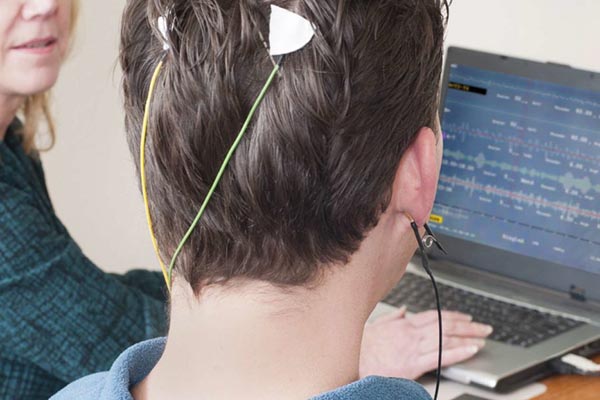Question: What are the best alternatives to night guard? Here are the 3 top options to consider. Read on.
Bruxism, also known as teeth grinding is a dental problem that people normally suffer when sleep. It can result in worn-out and chipped teeth, swollen gums and jaw problems. Most people use mouth guards to solve their teeth grinding problem. However, there are alternatives to night guards and also advanced treatments for different types of bruxism.
In this Guide
Best Alternatives to Night Guards for Bruxism
Here are some alternatives to put into consideration after discussing with a dentist if you find mouth guards uncomfortable or ineffective:
#1. Occlusal Splints

Occlusal splint treatment almost resembles that of a mouth guard. However, a mouth guard only helps prevent damaging the teeth due to grinding but does not correct bruxism. Occlusal splint comes in an advanced design and is quite helpful in repositioning the muscles on the jaw so that you don’t grind your teeth during sleep. Dentists usually create occlusal splints using mouth molds.
The mouth mold typically conforms to the shape of the user’s teeth and can be made with either the bottom or top set of the teeth. Occlusal splints are ideal for patients who want mouth corrections. Some people tend to grind their teeth since they are not properly lined up or due to underbite and overbite. The splint offers teeth protection preventing them from further damage while the body adjusts to proper teeth and jaw placement to eliminate grinding.
Occlusal splint care is similar to that of a mouth guard. Most splints are made of a plastic mold which means you can soak in water and brush it to remove bacteria and germs.
#2. Botox Treatment

Most of the time, teeth grinding usually occurs because the jaw muscles are super tense as opposed to something to do with the teeth. The teeth are only objects of circumstance of the moving jaw. Botox treatment will help relieve a tight muscle on the jaw.
Apart from cosmetic surgery, Botox treatment can as well be used in solving muscle problems. Injecting the jaw muscles directly helps relax them preventing any clenching movement associated with teeth grinding. However, you’ll need to repeat the procedure after a few months since Botox wears off. After some time, the body naturally learns to avoid clenching the jaw muscles due to this treatment.
#3. Biofeedback

Biofeedback treatments is also another alternative to night guards for bruxism. The treatment includes a tiny electrode that typically monitors the jaw activity during sleep. It involves biofeedback technology to trigger responses when the jaw bones start to tighten.
The biofeedback technology will alert the body to stop tightening the jaw muscles by sound or vibration. The device is attached at the back of the head or ears during bedtime. It will also condition the body through the use of indicators to stop the action. You will stop the jaws from clenching naturally during sleep with time even when you are not using the biofeedback device. The duration of treatment depends on different factors.
It can take months or weeks depending on the body will respond to this treatment and the length of time you usually clench your teeth. The dentist can make some adjustments after analyzing the feedback. For instance, some people grind their teeth on one side more than the other and would therefore require adjustments on that side of the jaw.
Bruxism will reduce over time. Besides, you can combine some of these treatments like occlusal splints and biofeedback to treat and protect the teeth simultaneously.

